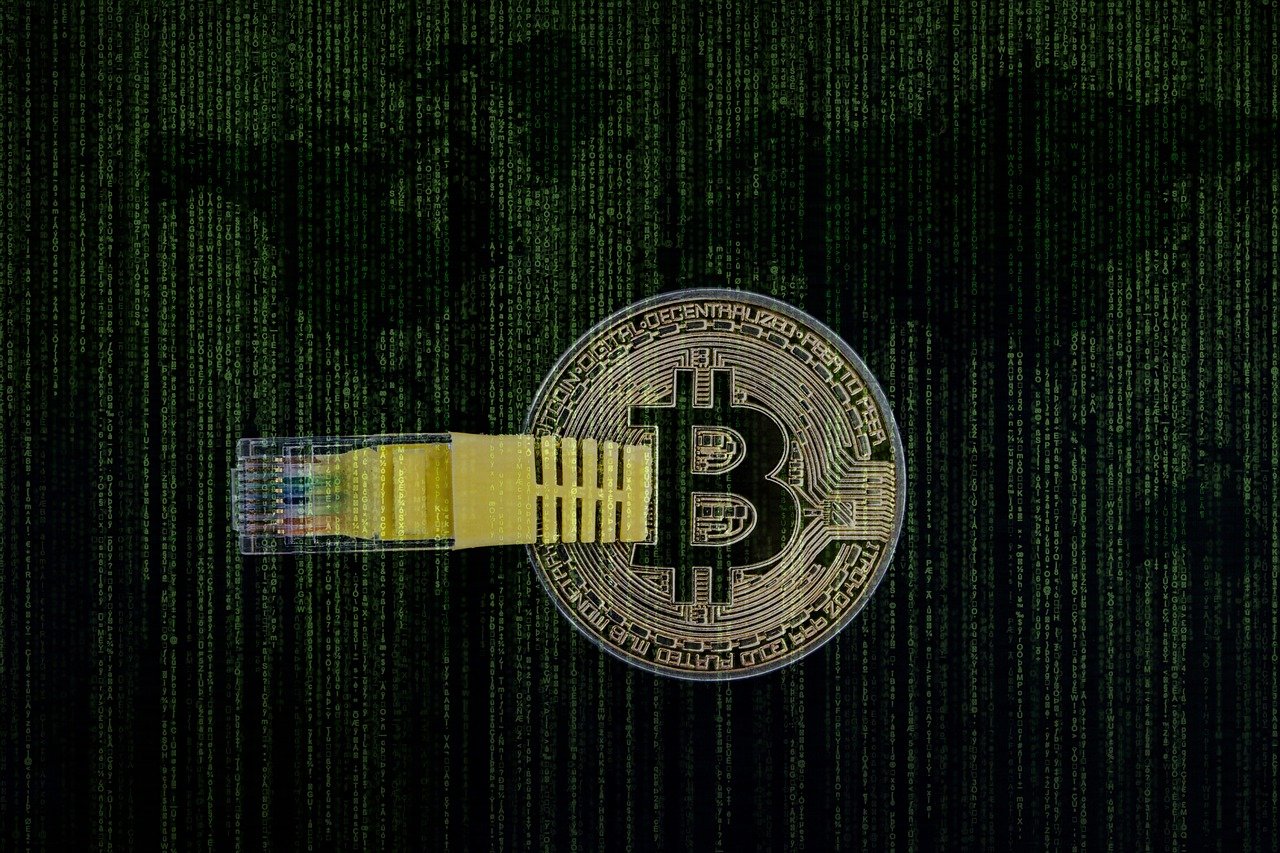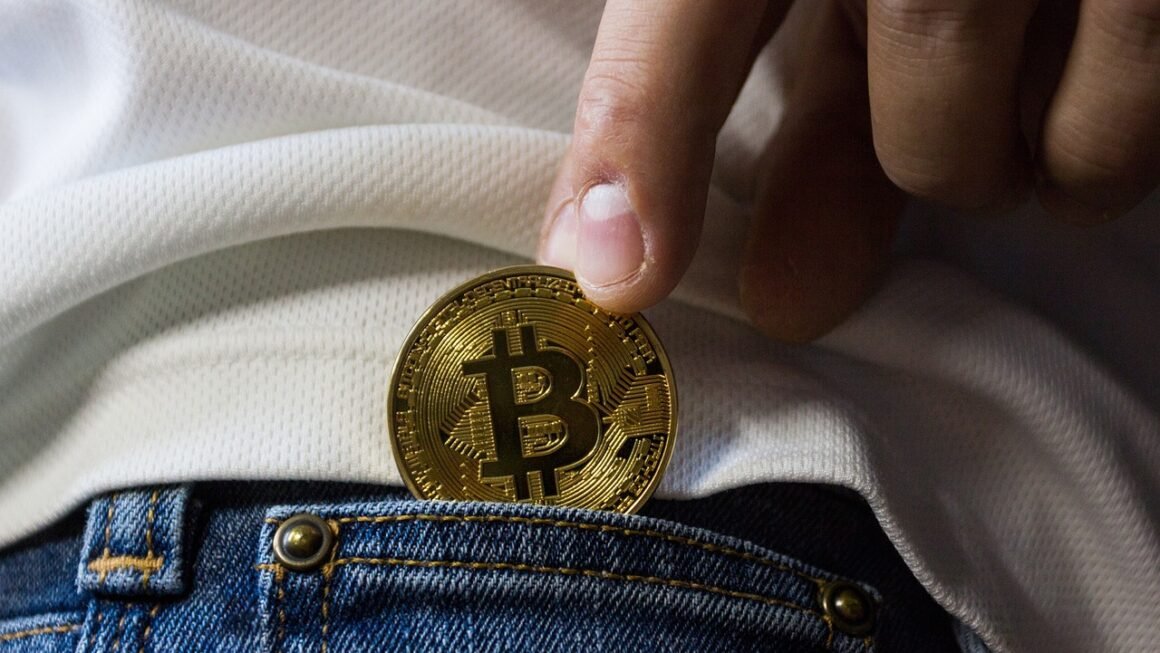Ever wondered why sending a simple crypto transaction sometimes feels like paying for a fancy dinner? That’s likely due to gas fees, the transaction fees required to execute operations on a blockchain network like Ethereum. Understanding what they are, how they work, and how to manage them is crucial for anyone involved in the world of cryptocurrency and decentralized finance (DeFi). Let’s demystify gas fees and equip you with the knowledge to navigate them effectively.
What are Gas Fees?
The Role of Gas in Blockchain Transactions
In the context of blockchain technology, “gas” refers to the unit that measures the amount of computational effort required to execute specific operations on the blockchain. Think of it as the fuel that powers transactions. Every action on the blockchain, from a simple token transfer to a complex smart contract execution, consumes gas. Gas fees are paid to the network’s validators (miners or stakers, depending on the consensus mechanism) to incentivize them to include your transaction in a block.
Why are Gas Fees Necessary?
Gas fees are essential for several reasons:
- Preventing Spam: Gas fees deter malicious actors from flooding the network with frivolous or resource-intensive transactions.
- Resource Allocation: They ensure that network resources are used efficiently, prioritizing legitimate transactions.
- Security: They incentivize validators to maintain the network’s security and integrity. Validators get paid to process transactions and secure the network.
- Economic Incentives: Validators earn gas fees for validating transactions and adding blocks to the blockchain. This reward system encourages participation in the network.
Gas Fees vs. Transaction Fees: Understanding the Difference
While often used interchangeably, gas fees and transaction fees are subtly different. In the Ethereum ecosystem, gas is the unit of measurement for computational effort, while the gas fee is the actual cost paid for that effort. Other blockchains might use different terminology but achieve a similar function – ensuring network participation and preventing abuse. Some Layer-2 solutions might bundle transactions or use alternative fee structures to lower transaction costs.
How are Gas Fees Calculated?
The Gas Limit and Gas Price
Two key components determine the final gas fee:
- Gas Limit: This is the maximum amount of gas a user is willing to spend on a transaction. A higher gas limit ensures that complex transactions can complete. However, if the transaction uses less gas than the limit, the unused gas is returned to the user. Setting a limit too low can result in a failed transaction and loss of the paid gas.
- Gas Price: This is the amount of cryptocurrency (typically ETH on Ethereum) a user is willing to pay per unit of gas. The gas price is usually denominated in Gwei (Gigawei), where 1 Gwei equals 0.000000001 ETH.
The total gas fee is then calculated as: Gas Used Gas Price
Factors Influencing Gas Prices
Several factors influence gas prices:
- Network Congestion: Higher network activity leads to increased demand for gas, driving up prices. During peak hours or periods of high activity (e.g., during popular NFT drops), gas prices can surge.
- Transaction Complexity: More complex transactions, such as interacting with intricate smart contracts, require more computational resources and thus higher gas fees.
- Block Size: The maximum amount of data that can fit in a single block on the blockchain can affect gas prices.
- Demand and Supply: The basic economic principles of supply and demand apply to gas fees. High demand and limited supply of block space will increase gas prices.
Practical Example: Calculating Gas Fees
Let’s say you want to send ETH from one wallet to another. The transaction requires 21,000 gas units, and the current gas price is 50 Gwei.
Total Gas Fee = 21,000 50 Gwei = 1,050,000 Gwei = 0.00105 ETH
If ETH is trading at $3,000, the gas fee would be approximately $3.15.
Strategies for Managing Gas Fees
Timing Your Transactions
One of the simplest strategies is to time your transactions during periods of lower network congestion. Historically, gas prices tend to be lower during off-peak hours (e.g., late at night or early in the morning in your timezone) and on weekends, although this isn’t always guaranteed.
Using Gas Trackers and Price Alerts
Several online tools and resources help you monitor current gas prices and set alerts for when they drop to your desired level. Examples include:
- Etherscan Gas Tracker: Provides real-time gas price estimates and historical data.
- GasNow: Offers current and predicted gas prices with various priority levels.
- Blocknative Gas Platform: Provides advanced gas price insights and transaction optimization tools.
By using these tools, you can avoid overpaying for gas and optimize your transaction timing.
Optimizing Transaction Parameters
- Gas Limit Adjustment: While setting a high gas limit ensures your transaction doesn’t fail, it’s crucial to estimate the required gas accurately. Some wallets will automatically estimate this for you, but learning to manually adjust it can save you money. If you are consistently being refunded a significant portion of the gas limit, you can likely lower your default.
- Gas Price Strategies: Most wallets allow you to choose from different gas price options (e.g., “slow,” “standard,” “fast”). Choosing a slower option can save you money, but it may take longer for your transaction to be confirmed. The best approach depends on the urgency of your transaction.
Layer-2 Scaling Solutions
Layer-2 scaling solutions offer a viable alternative to high gas fees on the main Ethereum network. These solutions process transactions off-chain and then bundle them together to be settled on the main chain. Examples include:
- Optimistic Rollups (e.g., Optimism, Arbitrum): These solutions assume transactions are valid unless proven otherwise.
- zk-Rollups (e.g., zkSync, StarkWare): These solutions use zero-knowledge proofs to ensure transaction validity.
- Sidechains (e.g., Polygon): Independent blockchains that run parallel to the main chain and have their own consensus mechanisms.
By using Layer-2 solutions, you can significantly reduce gas fees and improve transaction speeds.
The Impact of Gas Fees on DeFi and NFTs
DeFi Applications and Gas Costs
High gas fees can significantly impact the usability of DeFi applications, especially for smaller transactions. Tasks such as swapping tokens, providing liquidity, or interacting with complex smart contracts can become prohibitively expensive. This can exclude smaller investors from participating in DeFi and limit the overall adoption of decentralized finance.
- Impact on Yield Farming: High gas fees can eat into the profits from yield farming, making it less attractive for smaller investors.
- Barriers to Entry: The high cost of interacting with DeFi protocols can create a barrier to entry for new users.
NFTs and the Cost of Minting and Trading
Gas fees play a crucial role in the NFT space, affecting the cost of minting, buying, and selling NFTs. During periods of high demand, gas prices can skyrocket, making it expensive to participate in popular NFT drops or trade valuable digital assets.
- Minting Costs: The cost of minting an NFT can vary significantly depending on gas prices. Some artists and creators have been priced out of minting their work.
- Trading Volume: High gas fees can reduce trading volume on NFT marketplaces, as buyers and sellers become hesitant to transact.
- Accessibility: High gas fees limit the accessibility of NFTs to a wider audience, making it harder for artists and collectors with limited resources to participate.
Mitigation Strategies in DeFi and NFT Spaces
Various strategies are being implemented to mitigate the impact of high gas fees in the DeFi and NFT spaces:
- Batching Transactions: Grouping multiple transactions into a single transaction to reduce overall gas costs.
- Optimized Smart Contracts: Developing more efficient smart contracts that require less gas to execute.
- Layer-2 Integration: Integrating DeFi and NFT platforms with Layer-2 scaling solutions to provide lower gas fees.
- Alternative Blockchains: Exploring alternative blockchains with lower transaction costs.
The Future of Gas Fees
Ethereum’s EIP-1559 and its Impact
Ethereum’s EIP-1559, implemented in the London hard fork, introduced a fundamental change to the gas fee mechanism. It replaces the first-price auction model with a base fee that is algorithmically determined based on network congestion. This aims to make gas fees more predictable and reduce overpayment.
- Base Fee: A minimum fee required for a transaction to be included in a block. This fee is burned, reducing the overall supply of ETH.
- Priority Fee (Tip): Users can add a priority fee (tip) to incentivize validators to include their transaction in a block more quickly.
EIP-1559 has made gas fees more predictable but hasn’t necessarily lowered them significantly during periods of high congestion.
Ethereum 2.0 and the Shift to Proof-of-Stake
Ethereum 2.0, with its shift to a Proof-of-Stake (PoS) consensus mechanism, promises to significantly improve network scalability and reduce gas fees. PoS is more energy-efficient and allows for a higher transaction throughput.
- Increased Throughput: PoS enables more transactions to be processed per second, reducing network congestion and lowering gas fees.
- Sharding: A future Ethereum 2.0 upgrade will introduce sharding, which further increases scalability by dividing the blockchain into multiple shards.
The Rise of Alternative Blockchains and Layer-2 Solutions
The high gas fees on Ethereum have spurred the development of alternative blockchains and Layer-2 solutions that offer lower transaction costs and faster processing times. These solutions play a crucial role in providing affordable and accessible DeFi and NFT platforms.
- Scalability Solutions: Layer-2 technologies are continuously evolving to provide more efficient and cost-effective scaling solutions.
- Competition: Competition between different blockchains and Layer-2 solutions drives innovation and further reduces transaction costs.
Conclusion
Navigating the world of gas fees can be challenging, but understanding their function and knowing how to manage them is essential for anyone involved in cryptocurrency and decentralized finance. By timing your transactions, using gas trackers, optimizing transaction parameters, and exploring Layer-2 solutions, you can minimize gas costs and participate more effectively in the blockchain ecosystem. As Ethereum 2.0 and other scaling solutions continue to develop, we can expect further improvements in network scalability and reduced gas fees, making decentralized technologies more accessible to everyone.



